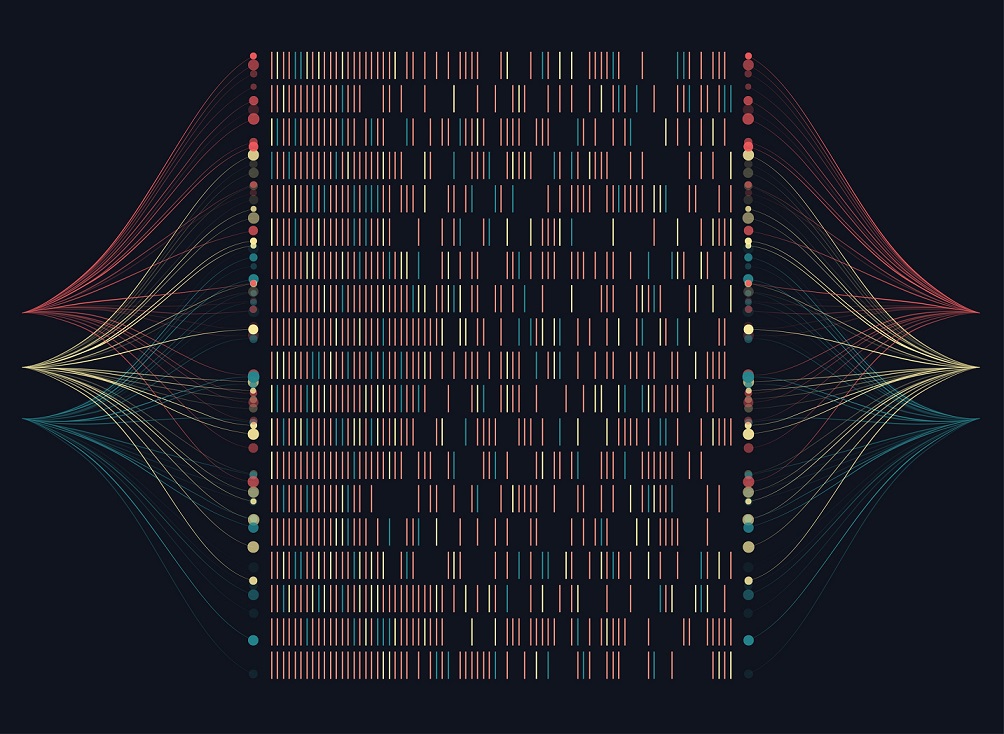Synthetic Genomics
Synthetic genomics is a branch of synthetic biology that aims to customize organisms by redesigning their genomic sequences to confer novel functionalities. This has been made possible by the remarkable breakthroughs in DNA sequencing and synthesis technologies that accelerated fundamental understanding of genomes and generation of long DNA de novo. In Chang lab, we aim to employ synthetic genomics in microbes and mammalian cells to develop genome editing tools, gain deeper understanding of biological functions and create biological systems for biotechnological applications
Microbial
Microbial Synthetic Genomics

Chang lab is currently a part of the International Synthetic Yeast 2.0 (Sc2.0) consortium aiming to assemble the first functional eukaryotic synthetic genome in the model yeast Saccharomyces cerevisiae. Upon completion of Sc2.0, we aim to exploit the synthetic yeast to better our understanding of eukaryotes. Notably, Sc2.0 harbours an in-built genome evolution system called SCRaMbLE that can rearrangement the synthetic genome on-demand to create large mutant libraries. Screening and studying mutants of desired phenotypes will allow us to answer fundamental biological questions. These mutants may also possess improved characteristics for biotechnological applications.
Mammalian
Mammalian Synthetic Genomics
Moving forward, we seek to build on our experience gained from constructing Sc2.0 to apply synthetic genomics to the highly complex mammalian cells. We aim to develop new genome editing tools that will improve the efficiency of manipulating mammalian genomes. Moreover, we will employ synthetic genomics to study and understand the effects of different genotypes on phenotypes in mammalian cells. For example, many diseases and disorders in humans are results of genomic variations, but the roles of many of these variants are still unknown. By using mammalian synthetic genomics, we hope that by elucidating the genomic determinants of diseases and disorders, we can develop novel strategies to treat the illnesses.

